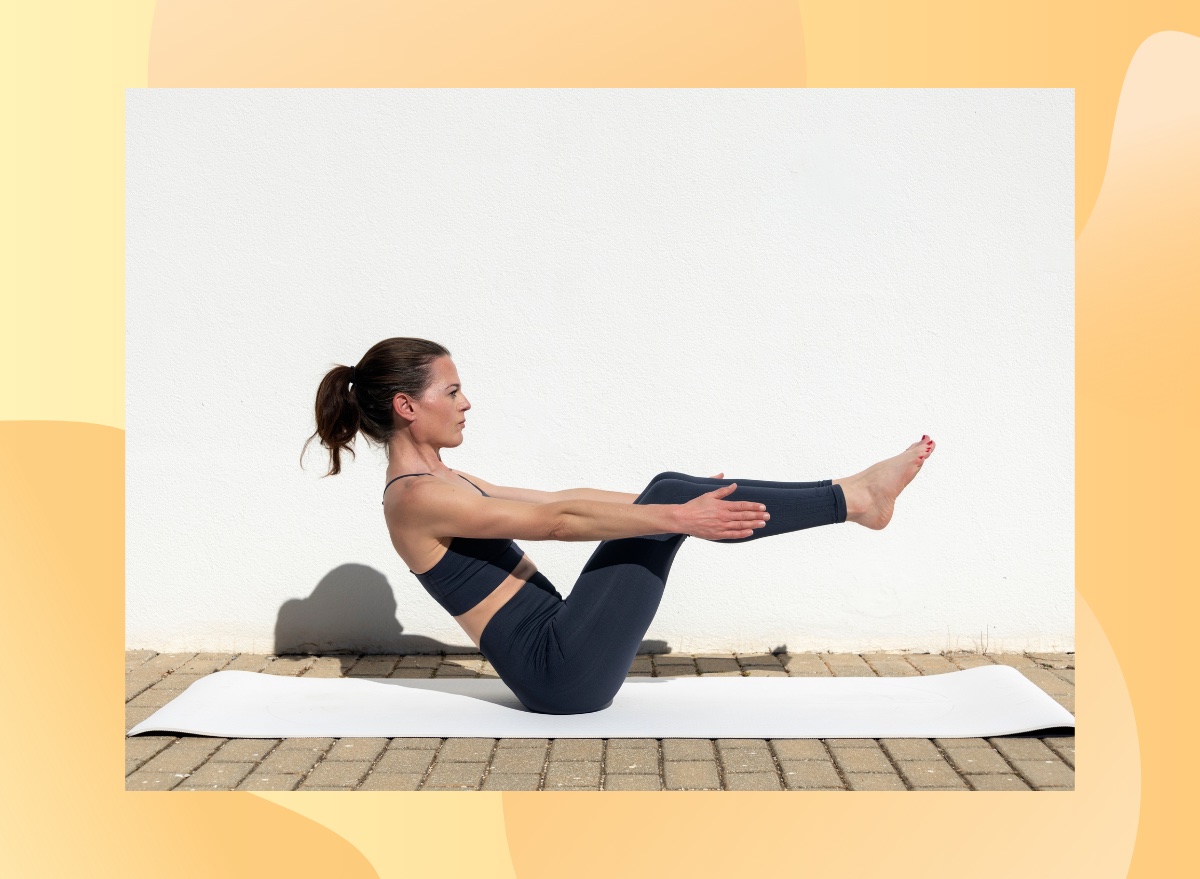Fitness
If You’re Not Practicing ‘Preventative Fitness’ You Need to Start—Here’s Why

Amid life’s hectic daily hustle, it’s common to focus solely on your main fitness goal during workout sessions. However, more and more people are jumping on the “preventative fitness” bandwagon, aka staying ahead of health issues and injuries to keep their bodies fit, strong, and in all-around good condition. We spoke with a fitness expert who shares everything you need to know about preventative fitness and why it should be a key part of your fitness routine.
What Is Preventative Fitness?

Preventative fitness is all about staying strong, fit, and resilient while successfully tackling life’s daily demands. This method spotlights healthy habits and exercises that boost your balance, flexibility, muscle endurance, and joint health while decreasing injury risk. No matter your fitness goal or level, preventative fitness is a smart addition to your regimen to help you avoid any potential setbacks.
“A big part of [preventative fitness] is stretching—it helps improve flexibility, range of motion, and muscle recovery, which can prevent strains and other injuries,” explains Bonnie Strati, NASM CPT, 200 hr E-RYT yoga instructor, and master instructor with StretchLab. “By combining strength, flexibility, balance, and cardio, you’re setting yourself up to avoid problems down the road. It’s key to staying fit and feeling good long-term, both physically and mentally.”
The Benefits of Incorporating Stretching into Preventative Fitness


- Injury Prevention: Regular stretching enhances mobility and flexibility, decreasing the likelihood of suffering from common injuries, especially in the muscles and joints.
- Improved Flexibility and Posture: Stretching addresses any imbalances in your muscles, boosts your range of motion, and enhances posture. These benefits can help you avoid issues such as neck and back pain.
- Increased Cardiovascular Health: Adding stretching to your fitness regimen will help you move better in your favorite sports and cardiovascular activities, ultimately improving your heart health.
- Boosted Mental Wellness: When you stretch, you immediately feel a sense of calm and release. Stretching your muscles alleviates any tension, anxiety, and stress, improving your overall well-being.
RELATED: A 63-Year-Old Yoga Instructor’s Top 3 Moves for Better Mobility
Key Components of a Preventative Fitness Routine


Strati has several tips for putting together your own successful preventative fitness routine.
“Preventative fitness, with stretching at its core, is about setting yourself up for long-term success by keeping the body mobile, balanced, and resilient,” she tells us. “Incorporating the [below] elements into your fitness routine ensures a healthy, active lifestyle for years to come. Prioritizing your body’s care now means fewer problems down the road—keep stretching, and stay strong!”
- Strength Training: Incorporating strength training into your routine is essential. Focus on exercises with free weights, resistance bands, or your body weight to sculpt lean muscle and boost your strength.
- Cardio: Exercises such as cycling, walking, jogging, running, or swimming benefit your lungs and heart. Stretching before your cardio workouts helps boost your overall performance and decrease soreness.
- Mobility Work: Whether you perform yoga, static stretches, or dynamic movements, mobility work betters your range of motion and joint and muscle flexibility, all of which is crucial in preventing injuries.
- Core Stability: Don’t forget about your core! Ab exercises like planks, Russian twists, and mountain climbers enhance your posture and balance.
- Recovery: Rest and recovery are just as important as the workouts themselves. Be sure to give your body ample time to recover and drink plenty of water to stay hydrated. “Stretching during recovery aids muscle repair, relieves tension, and prevents stiffness, allowing for better performance and fewer injuries [in the] long term,” Strati says.
Alexa Mellardo










